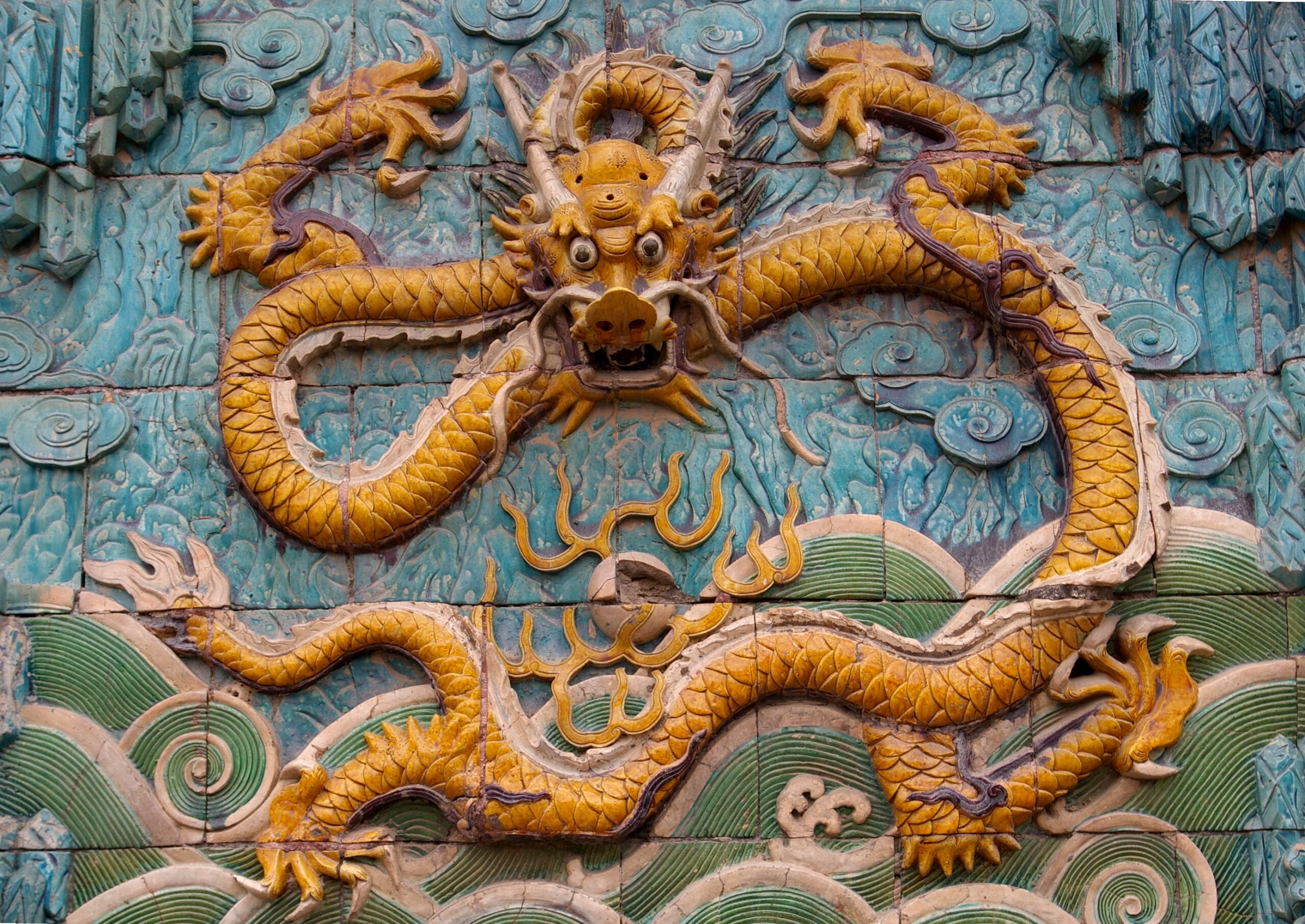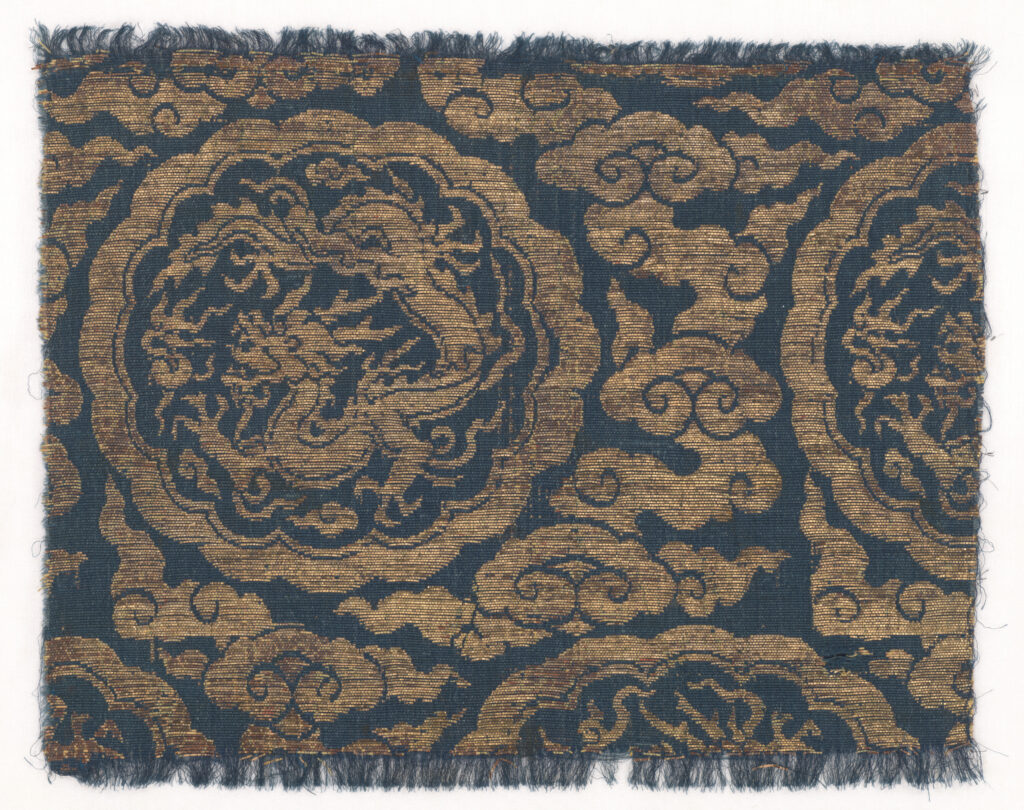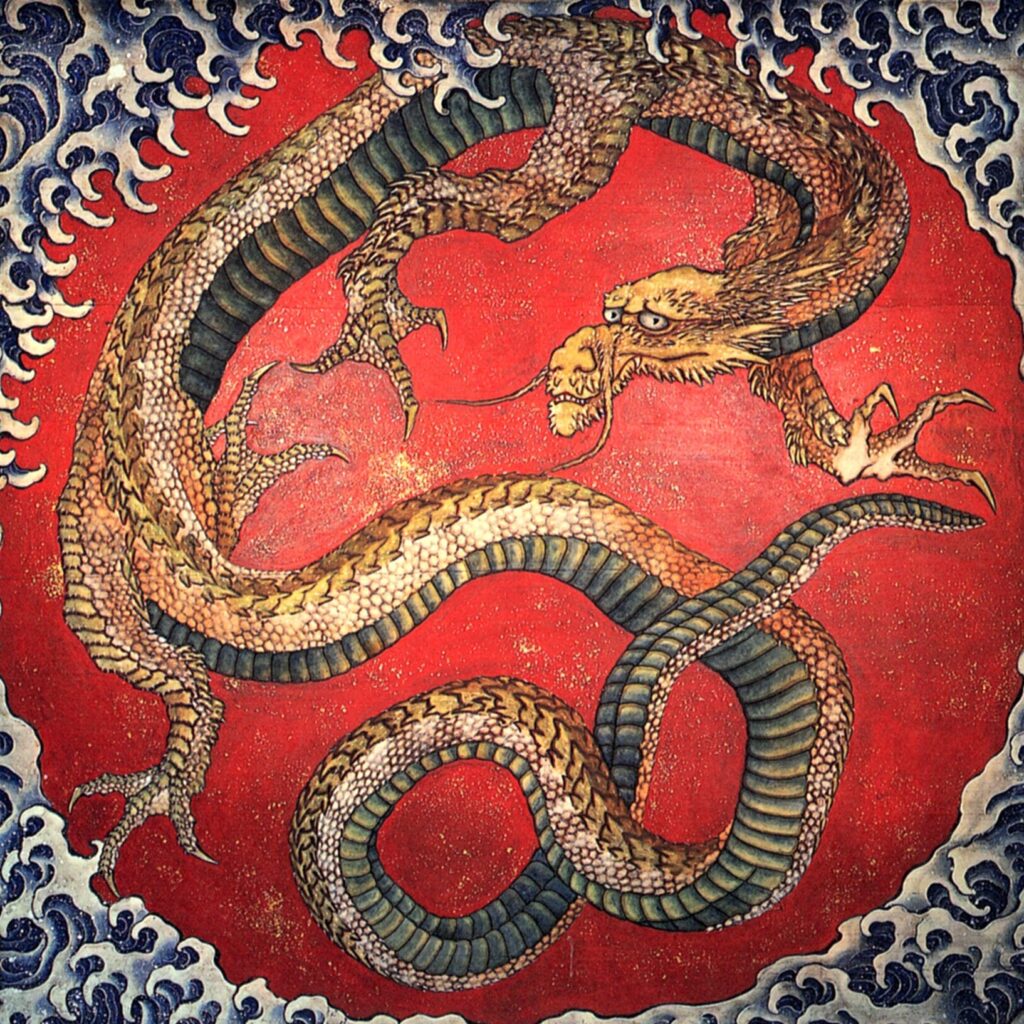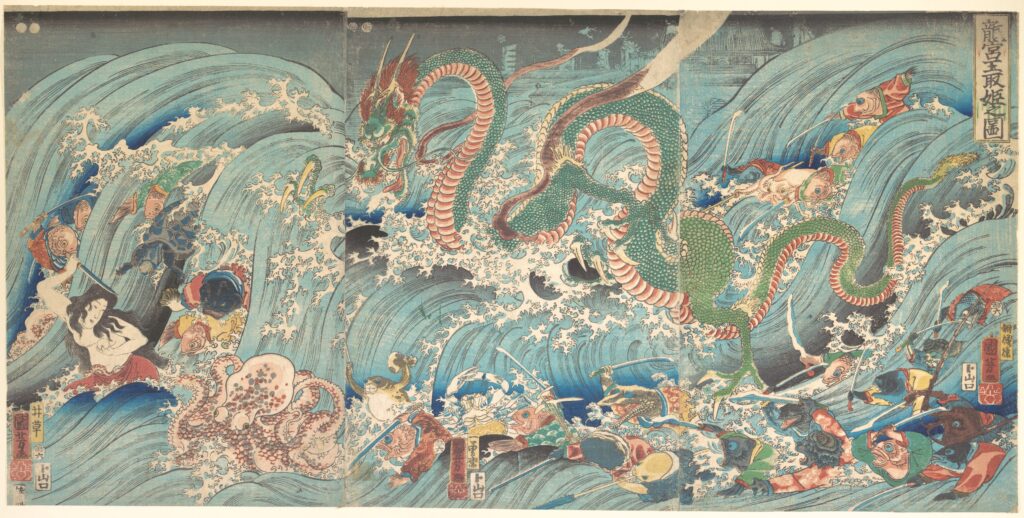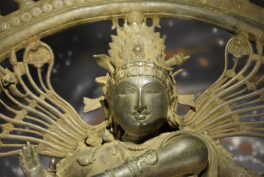Summary
- 2024 was the Lunar Year of the Dragon, a token of courage, creativity, wisdom, and strength. The occasion has been observed across East Asia in various degrees.
- The Chinese Long is interlaced with ancient Chinese cosmology, philosophy, and politics; its legacy has been kept alive through the Chinese Zodiac and visual arts.
- Long is an umbrella term where regional or diasporic expressions are in rich supply. For example, blue/azure dragons gain more visibility in the southeast Chinese mainland and Taiwanese culture, as they mirror the seaside environment and sailing culture there.
- Japanese dragons (ryū) that are feared and revered as powerful deities and creators of the mythical universe. Some dragons appear to be living in the water, others stay on the hills, many are depicted as rain-inducing.
- Korea’s Goryeosa categorizes a melange of creatures as dragons, with yong being its mature form. In this stage, the dragon governs the sky and regulates the weather. Yong is associated with the royal family and is known for being powerful, friendly, and even humorous.
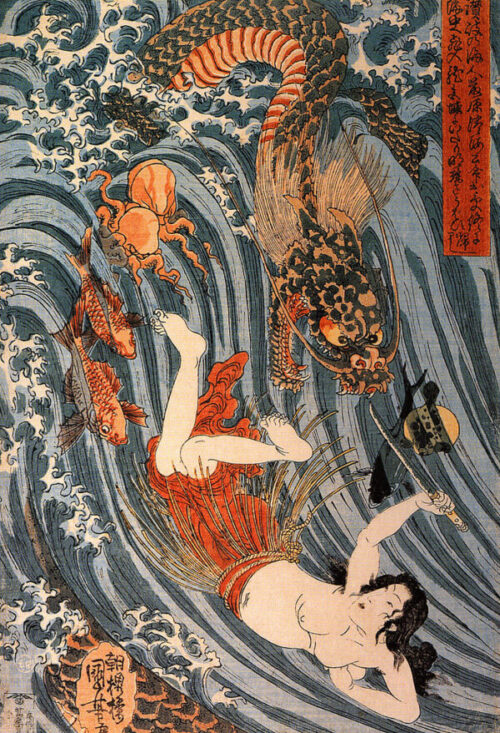
Utagawa Kuniyoshi, Tamatori Escaping the Dragon King with the Treasure Pearl, 19th century.
Year of the Dragon
As the only mythological creature in the lunar calendars, the dragon holds special significance. It is a powerful and auspicious zodiac associated with courage, creativity, leadership, wisdom, and strength. Chinese astrology also documents each lunar year according to a Wuxing (五行; consisting of Fire, Water, Wood, Metal, and Earth) cycle. 2024, for example, was the year of the wood dragon. The wood element stands for creative vision and reliability. Once coupled with a powerful zodiac such as the dragon, the year is bound to be a year of growth, reinvention, and opportunities.
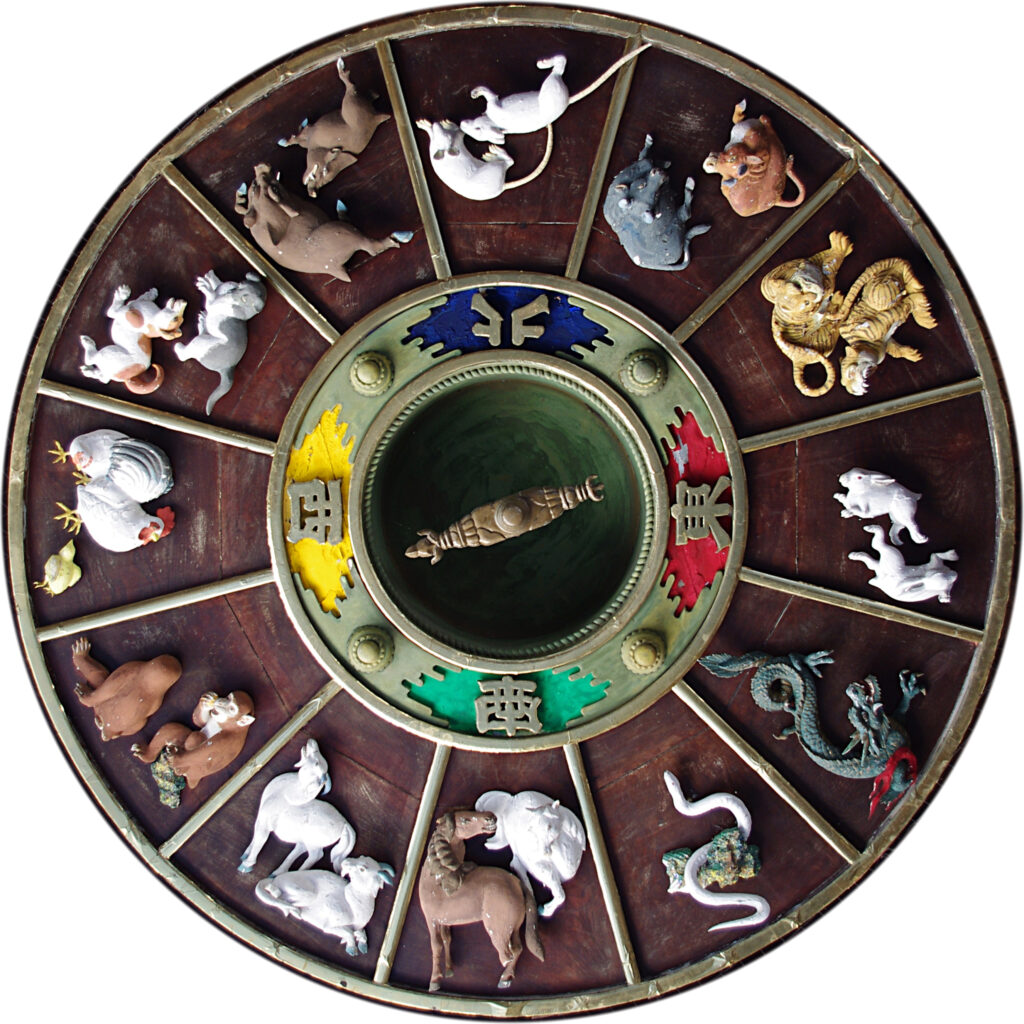
Carvings with Chinese Zodiac on the ceiling of the gate, 757, Kushida Shrine, Fukuoka, Japan.
Chinese Dragon–Long
Provenance and Iconographies
Since the earliest archaeological evidence, Chinese dragons, or Longs (龙), have been known as benevolent, wise, and divine. The Chinese Long is the world’s oldest: Tomb excavations from the Yangshao (仰韶) Village in Henan Province from ca. 5000–3000 BCE reveal one of the most ancient Longs as elongated and reptile-like. Jade objects from the Neolithic age would feature iconographies of a “pig dragon (猪龙)” with pricked ears. Besides their variegated visual representations, Chinese dragons are considered composite. Hypotheses associate Long with the neck of a snake, the scales of a carp, the nose of a pig, the head of an ox, the whiskers of rat, the goatee of a goat, the horns of a deer, the eyes of a rabbit, the ears of a dog, the claws of a hawk, the legs of a horse, the crest of a rooster, the whiskers of a monkey, and the paws of a tiger. Drawn from real-life animals, Long has the strengths of each but is more potent than all of them.
Dragons and Pearl
The Dragon and the Pearl is one of the most common images associated with the Chinese dragon. In folklores, the burning pearl foregrounds Longs’ wisdom. How Longs came into contact with the pearl is but a snap from discursive narratives. In visual arts, however, Long becomes reduced into a symbol more closely coupled with culture and aesthetics than mythology, that is, the imagery of dragons playing with a pearl. The creature would prance and bounce, sometimes act as if they are about to swallow that burning orb! Although it seems easy to picture the relation between dragons and pearls in a way similar to the pearls from an oyster, little evidence shows these pearls are from the water. They are, in fact, “flaming” and “luminary.” Western scholars tend to compare it to the sun, and Longs’ act of swallowing them to the solar or lunar eclipse. By contrast, Chinese interpretations tend to be more lenient. In local contexts, the pearl could denote any valuable object that enhances its beholder’s positive qualities.
Dragons and Water
Yet Chinese people do connect Longs to water; ancient philosophies, including Taoism, profusely portray dragons alongside it. Long has been a literary image associated with great lakes, rivers, and valleys and ascribed cosmological significance, as they were believed to influence water circulation. Folklorists and anthropologists have been studying the role of dragons in rainmaking rituals as harbingers of rain and storms. Terms in the Chinese language such as “Dragon King (or Dragon God; 龙王)” refer to one type of Longs that is considered sovereign of the waters. They govern the four seas (east, south, west, and north), but myths of smaller Longs could be found near any water bodies. And until now, people hold gatherings and ceremonies in Dragon (King) Temples (龙王庙) to worship the Dragon King in their region and pray for the new year.
Dragons in Everyday Life
From folkloric beliefs to philosophical underpinnings, the Chinese dragons have been created by the people, serving elites and commoners alike. As early as the Shang (商) dynasty, they became a popular motif for bronze and jade objects. Moving onward, Chinese dragons further blended into secular practices by displaying specific patterns in their designs, which led to some classifying Chinese dragons based on their colors. Blue dragons (青龙, 苍龙), for instance, can represent water. Green dragons symbolize growth, vegetation, and forests. Black dragons represent winter, as well as the hidden and mystical. However, what color should be used is dependent on the historical era an artwork is made, as well as regional customs. For example, white traditionally signifies death. Thus, any Longs presented in funerary contexts should also be white.
Imperial Dragons
Popular culture today seems to frequently tie Long to imperial power. This has some basis in history since “the true descendent of the dragon (真龙天子)” is a phrase on the Chinese emperor dating back to the Han (汉) dynasty. Up to the Qing dynasty, the said metaphor had been reinforced to validate a lineage between Long and the ruling emperors and further explain what dragon-related visuals should be used in what setting: for jewelry, architecture, clothing, and more. Based on the dragon robe (龙袍), or the emperor’s formal attire from previous dynasties, the Qing Empire affirmed the regulations on the number of claws in dragons that emperors and their descendants should wear and use since Yuan (元) China. Once again, the five-claw dragon (五爪龙) was deemed of the highest hierarchy that corresponded to the Qing emperor, whereas dragons below that have four or fewer claws.
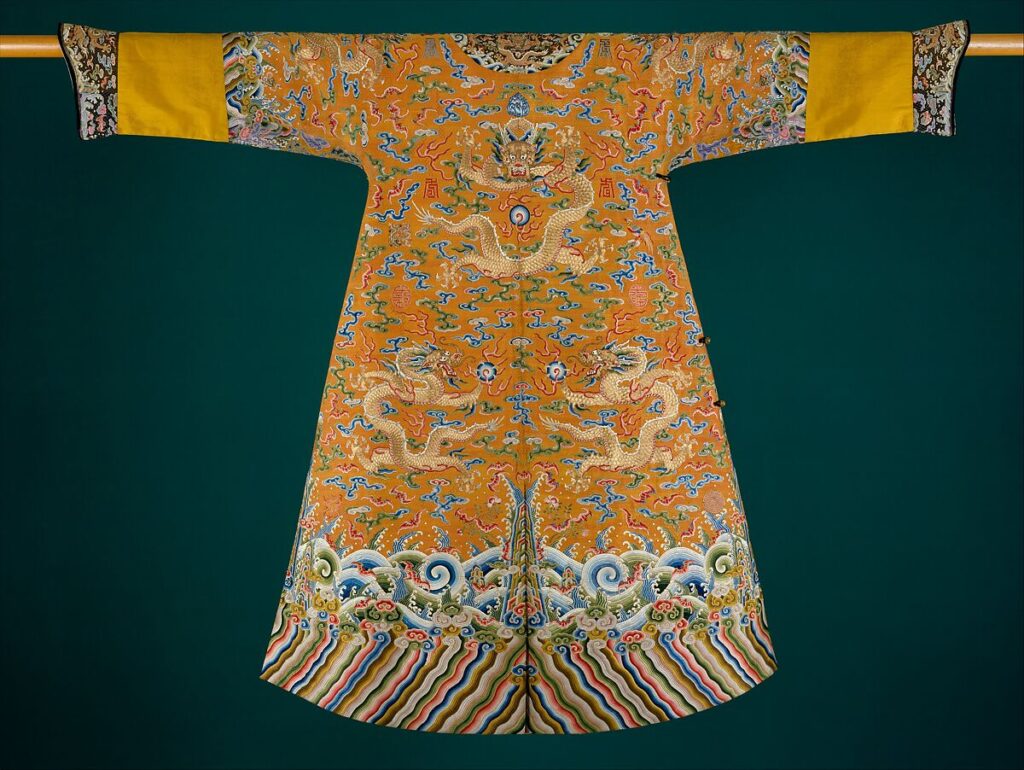
Festival Robe, 2nd half of the 18th century, Qing dynasty, Metropolitan Museum of Art, New York City, NY, USA.
Long Beyond Mainland China
Around the 1960s, it occurred to the West that the collective once labeled as Chinese might have stretched beyond the Chinese mainland. The reminder came in the form of an economic surge in four regions–South Korea, Singapore, Taiwan, and Hong Kong–collectively called “the Four Little Asian Dragons” or “the Four Asian Tigers.” Also uncovered in the wake of the booming trade and commerce was a rich tradition influenced by coastal environments and mercantile practices, with Long as a shared totem at the heart of it. For the Chinese-speaking people residing in those regions during the decades, a culture revolving around a symbolic “Long” was taking shape and strengthening their bonds to a collective commonly referred to as the descendants of the dragon (龙的传人).
Blue/azure dragons gain more visibility in the southeast Chinese mainland and Taiwanese culture, as they mirror the seaside environment and sailing culture there. Early spring blue dragon festivities, including the Zhonghe Festival (or Longtaitou; 中和節/龍抬頭) and the Dragon King worship, were introduced to Lukang (鹿港鎮), Taiwan from the southern Chinese mainland between the Ming and Qing dynasties. Although many of the powers previously attributed to the blue dragon, ruler of the East Sea, and other Dragon Kings have been delegated to other deities, who now have shrines outside major Dragon Temples, the Taiwanese Long remain in close relation with the humid subtropical climate. Locals still turn to Longs with offerings and the hopes that the deities could protect the crops and the people from pests and humid weather. The wooden dragon statue in the Lotus Pond in Kaohsiung (高雄市) is a tourist and religious site revolving around this worship.
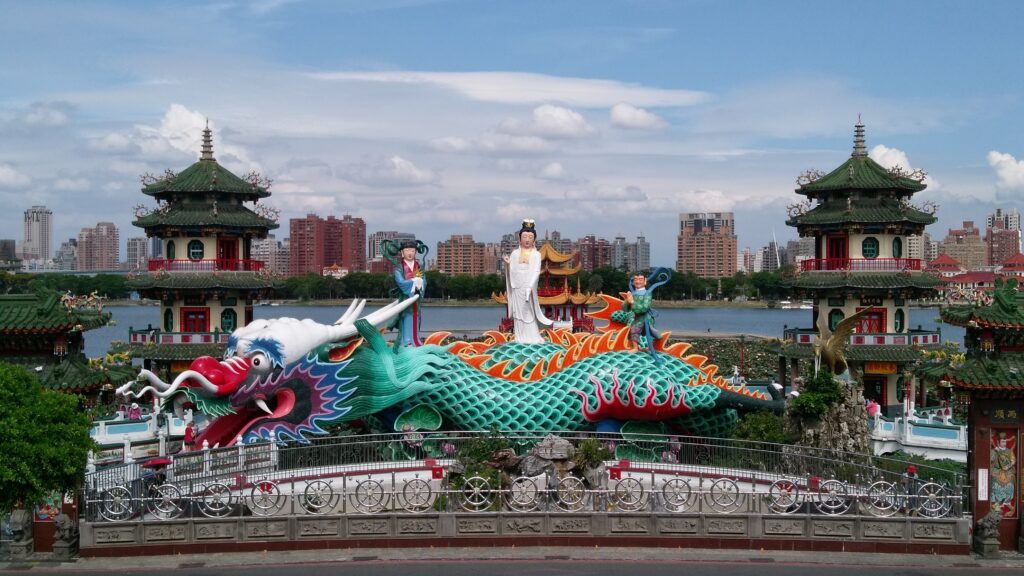
Dragon and Tiger Pagodas, 1976, Lotus Pond, Kaohsiung, Taiwan. Photograph by Sean Chiu via Wikimedia Commons (CC BY-SA 4.0).
Japanese Dragon–Ryū
Mythology and Legends
Today, the Lunar New Year is no longer a national holiday in Japan. But it is celebrated locally with a Japanese version of the twelve zodiac signs. Nihon no ryū (referred to as tatsu in the Japanese Zodiac;日本の竜/龍) encompass a spectrum of Japanese dragons that are feared and revered. Meanwhile, Japanese dragons, or (more commonly) ryū, are remembered as legendary figures in myths, legends, and artistic productions. As powerful deities and creators of the mythical universe, documentations claim they eventually gave birth to the first emperor.
The earliest documentation of ryū comes from Kojiki (古事記), a chronicle of ancient Japanese myths, ceremonies, and emperors from ca. 680 AD–as progeny of dragons. Some dragons appear to be living in the water; Ryūjin (龍神), the Dragon King, is said to rule the great seas. Others stay on the hills, like the great serpent Hachidai-ryūō (八大龍王). Moreover, many ryū are depicted as rain-inducing. Apart from Ryūjin, the chief rain and water god, Kojiki also mentions another dragon called Kuraokami (闇龗). The name roughly translates as “god of rain and snow.” These are some examples of how dragons, based on legends, defined the Japanese weather phenomenon.
The Great Waves
Based on existing ukiyo-e, artists tend to incorporate images of ocean waves and waterfalls when ryū is their subject matter, which implies a special connection between ryū and water, or, more specifically, the ocean. But other than examining it from economic structures or lifestyles, it is arguable that the same artistic choice was made at the service of iconographic traditions and storytelling.
While they are able to fly, ryū is hardly ever considered one of the “flying dragons.” Instead, it often appears wingless. Some of its features resemble that of a snake. Katsushika Hokusai, the artist behind Under the Wave off Kanagawa, offered his approach. The webbed feet and a “vignette” of waves contain their subjects in a playful manner. Both elements situate ryū right next to the ocean and subtly reveal via a symbolic language the former’s nature. The detailed line art makes evident another visual element that is typical of ryū. As this dragon curls and stares at the viewer, its talons extend, and each has three claws. Despite the fact that three-claw dragons were less prominent in older times, Japan would make it a new standard for its art.
Utagawa Kuniyoshi viewed the same subject from a different perspective. Kuniyoshi engaged with a motif of the ocean from the narratives qua narratives. These involve legends about tide jewels, which writings refer to as treasures that could control the ebbs and flows that the Dragon Gods possessed and the less-godly ones coveted. One story related to this imagery is about Princess Tamatori, an ama (海女; female pearl diver) on a mission to retrieve the jewel stolen by the Dragon King from a ship sent by the Tang dynasty emperor. The waves are necessary for setting the scene as Tamatori is chased by the shoal of sea creatures about to seize the treasure from her. Tidal waves give shape to the turbulence, which stands for both the fury from beneath the sea caused by the pearl and the Dragon, as well as the inner struggle and sacrifice Tamatori would have to go through during the journey. A Dragon King lurks in the top right section, showing that the jewel was not inherent but used by him as an extension of his power.
Korean Dragon–Yong
Genealogies Between East and West
Korean mythology compiled in Goryeosa (고려사), or the history of the Goryeo dynasty, features a spectrum of dragons. According to the document, Imugis (이무기) are where dragons started. This less-than-dragon form is considered part of the reptiles and will aspire to be a full-fledged flying dragon or yong/ryong (용/룡). The formative aspect is a trait underscored among Korean dragons. The trope this trait entails, that dragons represent a transcendental end, finds resonance across East Asia and beyond. On top of it, theories position Korean yong between Eastern and Western cultures due to its adaptation of European and Chinese elements.
Archaeological finds in question include the “chicken-dragon” (gyeryong) in Samguk yusa ( 삼국유사; Memorabilia of the Three Kingdoms). It allegedly has features similar to the European basilisk (or cockatrice) and is the origin of the name Gyeryong Province, as well as that of Gyeryongsan (鷄龍山), the latter has a ridge shaped like the spine of a dragon with a chicken crest on it and translates to “the Mount of the Chicken-Dragon.” For the Korean yong, the mountain might not be a far-fetched analogy because the creature, typically with four claws, is known for being gargantuan and living in close proximity to the sky and water, often accompanied by clouds.
Communications and Comparative Engagement
Yong is a symbol of the Korean Empire. The royal family used it to justify themselves as governors, as much as they valued its auspicious implications and characteristics of strength, wisdom, and divinity. Thus, yong are also prevalent in imperial palaces and objects, from attires to furniture and architectural designs. The dragon’s growth corresponds well with that of the emperor, who might reference yong to explain how the weather changed and, consequently, seek its aid for betterment.
For thousands of years, the Korean dragon is believed to have coexisted with Korea and witnessed the rise and fall of its kingdoms. They were heavily featured in the late-Goguryeo periods, as inferred from the tomb walls. One of them is in the Tonggu Sasinchong (通溝四神塚, Four Directional Deities Tomb in Tonggu). Among the mural paintings, there is an Azure Dragon. The figure is on the east wall, side-by-side with the other three deities: the White Tiger on the west, the Vermilion Bird on the south, and the Black Tortoise-and-Serpent (intertwined snake and tortoise) on the north. The sinuous and supple motifs that convey its shape and movements drew influences from Taoism and were executed to the minutest detail with local artistry.
As Korea has been engaging with the global art and cultural world more than ever before, contributions from academies and artists also remind us of the typological difference between Eastern and Western lore about “dragons.” For the West, dragons are often malicious creatures for heroes to conquer and slay. East Asians, on the other hand, cast the “dragons” in separate cultural contexts and endow them with more positive character traits. As a result, an immortal, benevolent, yet protective creature was born, partly out of the coastal living some inhabitants were used to, partly as an offshoot of the established agrarian or fishing culture across the shores and the inland regions.
Additionally, it is also worthy of note that, particularly in the Korean regions, the image of yong has experienced some transformations due to recent influences from abroad and changing public opinions regarding traditions. Korean popular culture has shifted from perceiving yong as the divine, benevolent, and unfathomable to bracketing them with other supernatural beings able to wield superpowers. Most of the time, these creatures appear as friendly but monstrous neighbors with a touch of humor.
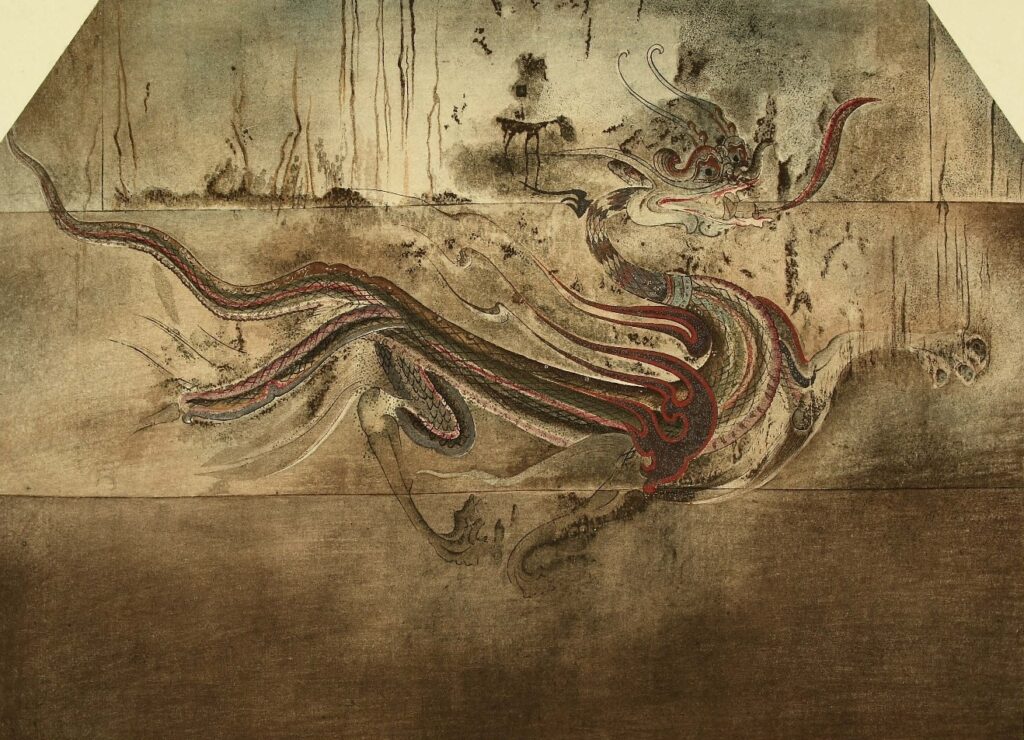
Azure Dragon, 37 BCE-668 CE, Tonggu Sasinchong, Ji’an, North Korea.
These are just fragments that, hopefully, help understand how “dragons” were intertwined with East Asian history. In short, Long, ryū, yong, and many more expressions used in that part of the continent and beyond are identity shaping; they contribute to systems and branches of mythology, with art capturing parts of it. But among all those similarities and differences in visual forms, expressions and notions embedded in that mythical creature showcase how people from different ethnicities and cultural backgrounds could be united together, either through a totem-like symbol or through an imagined collective, or else through the act (and art) of celebrating.
